Overwhelmed by the sheer amount of options and tools meant to "help" you sell more effectively?
Yeah, me too.
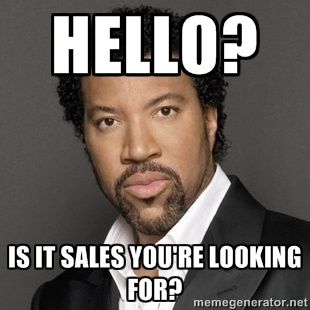
If you're anything like me, you're always looking for options that are easy to use, that simplify sales pipeline management, and that provide the most value to the prospect you're talking to.
So to help your search, here are six tools that have become must-haves in my sales process.
1. Sidekick from HubSpot
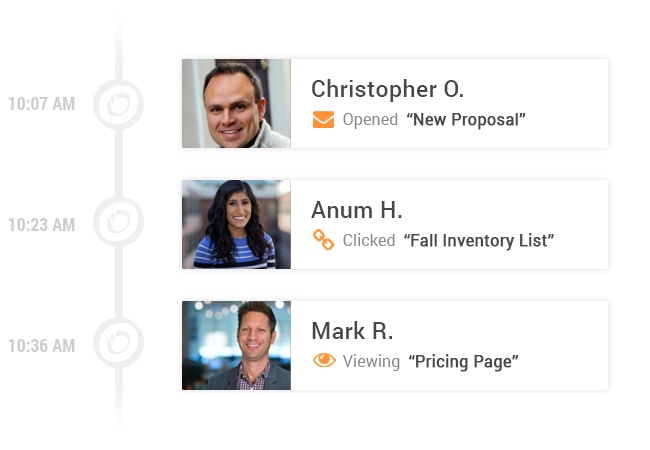
Sidekick is a lightweight email tracking tool. When you send an email out, it lets you see how people are interacting with your message. It can be helpful to gauge interest, and also for timing your phone follow-ups to when the buyer is most interested in you (e.g., when they are actually reading your email).
Email is still a smart and useful method of communication in B2B sales management. Sidekick helps you make it smarter by tracking your emails and becoming more responsive to your buyers.
2. LeadMetrics from PeopleMetrics
LeadMetrics by PeopleMetrics (that's us!) is a great technology that offers predictive sales analytics that help you understand how your buyers feel throughout the B2B sales experience.
It sends a simple feedback form to your prospects immediately after key interactions in your sales cycle. Then it generates smart action alerts based on their answers—giving you a better grasp on how they're feeling about buying from you, and what you can do to impact their decision. Check it out below, and click the picture to enlarge.
LeadMetrics also presents all of your data in an online dashboard, so that you can see how each sale is changing, moving, and performing.
Rather than a closed-lost/closed-won survey, it provides real-time understanding of your prospects during their B2B buyer's journey.
And buyers want to give feedback. Research shows 7 in 10 buyers have never been asked for feedback on the sales experience. And 81% of those buyers said they would definitely or likely respond. We've found the simple act of asking for feedback, especially when coupled with a customer-centric selling approach, can really help differentiate you from competitors.
Still unconvinced that people want to be asked how their experience is going? Check out our blog post on why you should ask for feedback, "Be Mine: Client Feedback, the Secret to Succesfully Closing a Sale."
3. Crystal
Crystal is a brand new tool for understanding your email communication and how it affects your sales process. It takes the guesswork out of how you should communicate with your prospect by scraping data available across the web. It then analyzes the person's communication style and gives you suggestions, right in your email, to improve your communications.
The whole tool is built on empathy, and creating an empathetic connection with your prospect will do wonders for getting the point across. Here's an example of how it works:
4. LinkedIn Sales Navigator
LinkedIn Sales Navigator is an upgraded version of good ol' LinkedIn. There are quite a few options available for different roles in your company, but for social selling, Sales Navigator is the best.
Having some sort of LinkedIn upgrade is essential for today's salesperson. Social selling is the future, and LinkedIn is a super valuable network to prospect within.
With the upgraded version, you get a variety of features. You can also set alerts for specific buyer search profiles so you can get automated lists of the people that may be interested in your products.
5. Calendly
The B2B buyer is pressed for time, so it helps to have multiple ways for them to get in touch with you easily.
Calendly is an online tool that syncs with your calendar. It allows your buyers to self-select times to talk with you. When they confirm the appointment slot, Calendly books the time directly onto your calendar.
Some people use TimeTrade, but I prefer Calendly. It looks great, is easy to use, and is free if you use it the way I do. (If you find you need more advanced features in your scheduling system, you might want to check out TimeTrade.) I even have a link to my online calendar in my email signature, to speed up the scheduling process if a person needs to talk to me.
6. Your Telephone
According to our newest research on the sales experience, more than twice as many buyers classified their experience with the winning vendor as "high-touch" compared to the rejected vendor. That means you have to keep in contact with your buyer in a variety of ways.
Email is our default: it's an easy, convenient way to get in touch with someone. But giving a buyer a ring on the telephone shows you care enouth to take time out of your day to get the answers they need. This is key to securing a meeting, moving an opportunity along, or just getting some answers. And it just takes a few minutes.
Recap: Six Tools for Smarter B2B Sales
- Sidekick from HubSpot: An email tracker that alerts you when your buyers are reading your emails.
- LeadMetrics from PeopleMetrics: A tool to automagically send feedback opportunities to your prospects.
- Crystal: A tool that gives you suggestions for written communications with your prospects.
- LinkedIn Sales Navigator: An upgraded version of LinkedIn to use for prospecting and keeping in touch.
- Calendly: A calendar that allows buyers to self-book appointments with you.
- Your Telephone: A tool likely sitting on your desk. We promise it won't bite, but it will help you land deals.
What's The Next Big Thing?
The world of selling is changing drastically. Customer-centric selling is the new way of closing sales. As such, you need tools that enable you to sell with the buyer in mind.
But value during the sales process leads to future advocacy. Happy buyers turn into happy clients. And that matters a lot, because 78% of buyers seek recommendations from their network when beginning the search for a new partner.
So when you sell the right way—when you add value and focus on the prospect experience—you are setting the business up for more referrals.
And more referrals = more sales.
What do you use to help you or your team provide more value to your prospects? Talk to us on Twitter, and we'll feature your responses in the next article on sales tools. You can also download our ebook about the prospect experience by clicking on the image below.
-Xand Griffin


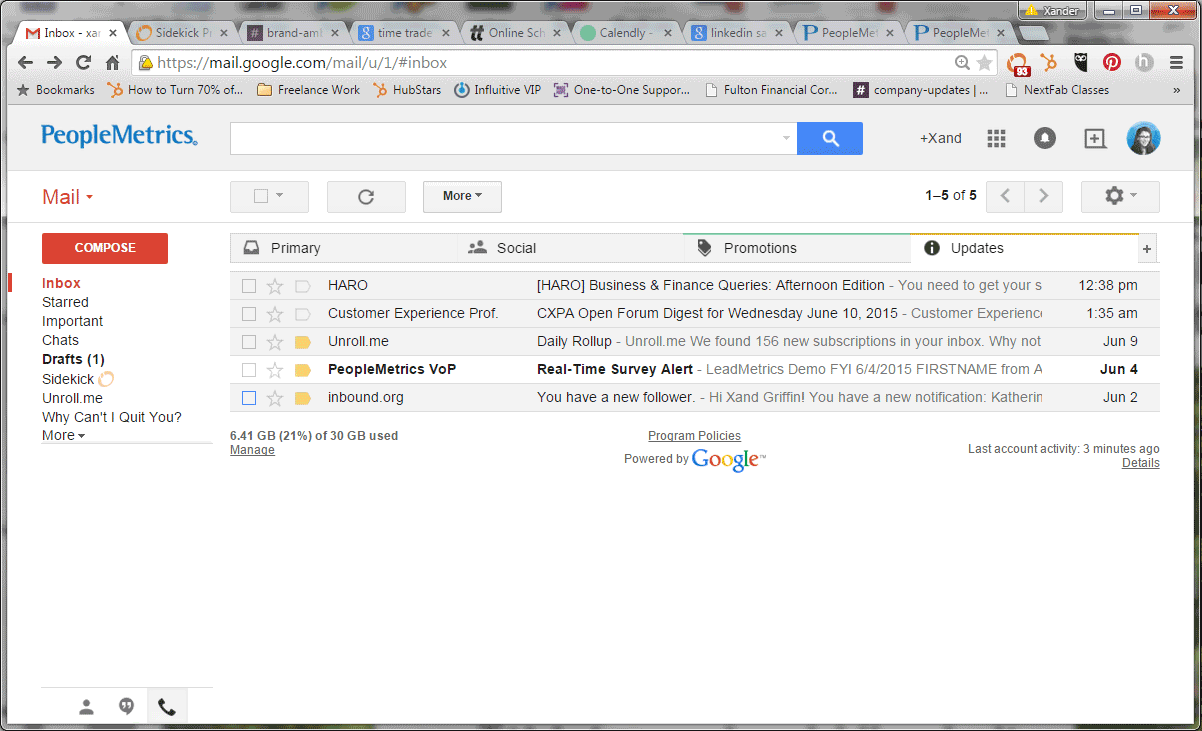
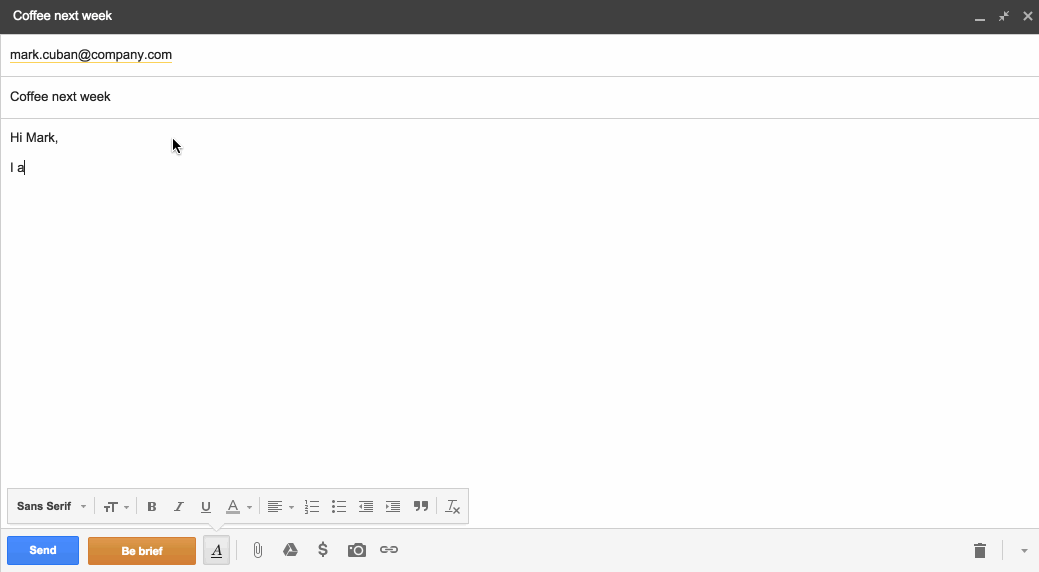
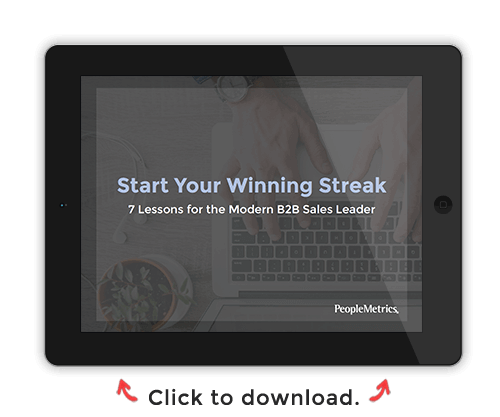



%20(1).png)